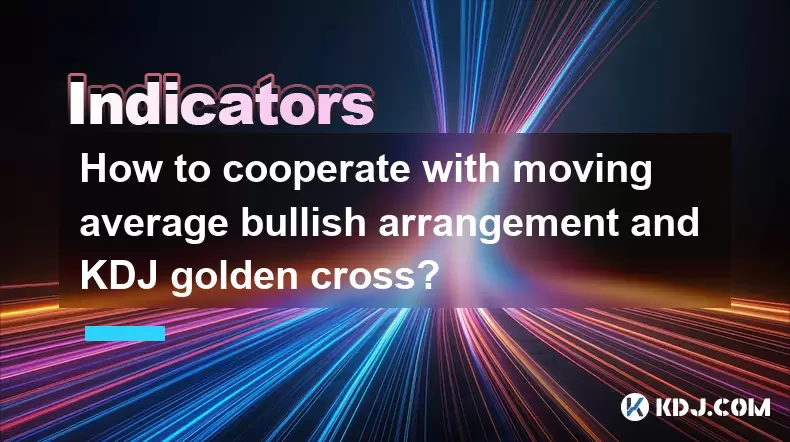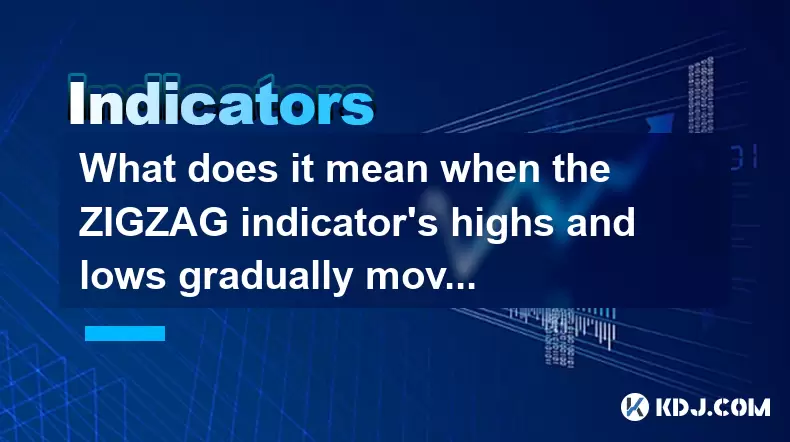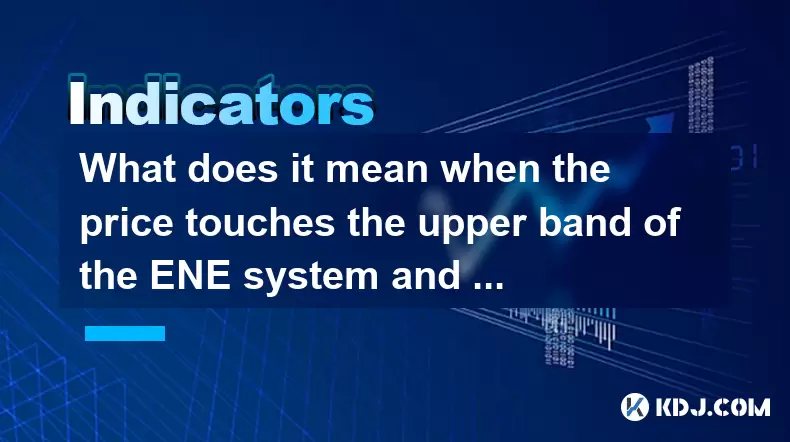-
 Bitcoin
Bitcoin $116700
0.13% -
 Ethereum
Ethereum $4229
5.18% -
 XRP
XRP $3.290
0.28% -
 Tether USDt
Tether USDt $1.000
0.01% -
 BNB
BNB $804.4
1.46% -
 Solana
Solana $181.3
1.92% -
 USDC
USDC $1.000
0.02% -
 Dogecoin
Dogecoin $0.2453
8.11% -
 TRON
TRON $0.3359
-0.82% -
 Cardano
Cardano $0.8187
2.71% -
 Hyperliquid
Hyperliquid $43.56
6.46% -
 Chainlink
Chainlink $21.22
9.48% -
 Stellar
Stellar $0.4533
0.95% -
 Sui
Sui $3.948
2.90% -
 Bitcoin Cash
Bitcoin Cash $571.0
-2.75% -
 Hedera
Hedera $0.2657
1.33% -
 Avalanche
Avalanche $24.32
2.80% -
 Ethena USDe
Ethena USDe $1.001
0.02% -
 Litecoin
Litecoin $122.2
-0.70% -
 Toncoin
Toncoin $3.440
1.95% -
 UNUS SED LEO
UNUS SED LEO $8.978
-0.09% -
 Shiba Inu
Shiba Inu $0.00001385
5.32% -
 Uniswap
Uniswap $10.94
0.24% -
 Polkadot
Polkadot $4.116
3.88% -
 Dai
Dai $1.000
0.00% -
 Pepe
Pepe $0.00001233
5.82% -
 Bitget Token
Bitget Token $4.511
0.53% -
 Cronos
Cronos $0.1572
2.50% -
 Monero
Monero $272.0
-1.82% -
 Ethena
Ethena $0.7563
17.60%
How to cooperate with moving average bullish arrangement and KDJ golden cross?
Traders can enhance their crypto strategies by using the Moving Average bullish arrangement and KDJ golden cross to identify potential bullish trends and optimize entry points.
Jun 03, 2025 at 12:21 am

In the dynamic world of cryptocurrency trading, understanding and utilizing technical analysis tools can significantly enhance your trading strategies. Among these tools, the Moving Average (MA) and the KDJ Indicator are particularly popular due to their effectiveness in signaling potential bullish trends. This article will explore how traders can cooperate with the Moving Average bullish arrangement and the KDJ golden cross to optimize their trading decisions.
Understanding Moving Averages and Bullish Arrangements
The Moving Average is a widely used indicator that helps smooth out price data to identify the direction of a trend. In a bullish arrangement, shorter-term moving averages cross above longer-term moving averages, signaling potential upward momentum. For instance, a common bullish setup in the crypto market involves the 50-day MA crossing above the 200-day MA, often referred to as a "Golden Cross."
To effectively use this arrangement, traders should:
- Monitor multiple timeframes: Look at daily, weekly, and even monthly charts to confirm the bullish crossover.
- Confirm with volume: Ensure that the crossover is accompanied by increasing trading volume, which adds validity to the bullish signal.
- Set appropriate entry points: Enter trades when the shorter-term MA has clearly crossed above the longer-term MA and the price action supports the bullish trend.
Understanding the KDJ Indicator and Golden Cross
The KDJ Indicator, a derivative of the Stochastic Oscillator, is used to gauge momentum and overbought/oversold conditions in the market. A KDJ golden cross occurs when the %K line crosses above the %D line, which can signal a potential bullish reversal or continuation of an uptrend.
To identify and leverage a KDJ golden cross, traders should:
- Watch for the crossover: The %K line moving above the %D line is the primary signal.
- Check the K line position: Ensure the %K line is below 20 before the crossover to confirm an oversold condition, increasing the likelihood of a bullish reversal.
- Confirm with price action: Look for bullish candlestick patterns or other confirming indicators to validate the KDJ golden cross.
Combining Moving Average Bullish Arrangement and KDJ Golden Cross
Combining these two indicators can provide a robust trading strategy. Here's how traders can integrate them:
- Identify the MA bullish arrangement first: Look for the shorter-term MA crossing above the longer-term MA.
- Wait for the KDJ golden cross: Once the MA bullish arrangement is confirmed, monitor the KDJ for a golden cross.
- Enter the trade: When both signals align, consider entering a long position.
- Set stop-loss and take-profit levels: Use technical levels or percentages to manage risk and lock in profits.
Practical Example of Using MA Bullish Arrangement and KDJ Golden Cross
Let's walk through a hypothetical example of how to use these indicators in a real trading scenario:
- Step 1: You're analyzing the daily chart of Bitcoin (BTC/USD). You notice the 50-day MA has just crossed above the 200-day MA, signaling a bullish arrangement.
- Step 2: You then look at the KDJ indicator on the same chart. The %K line is currently below the %D line, but both are below 20, indicating an oversold condition.
- Step 3: You wait for the %K line to cross above the %D line, which it does a few days later, confirming the KDJ golden cross.
- Step 4: With both indicators signaling bullish conditions, you decide to enter a long position on BTC/USD.
- Step 5: You set a stop-loss just below the recent swing low and a take-profit at a resistance level identified from previous price action.
Risk Management and Additional Considerations
While the combination of the MA bullish arrangement and the KDJ golden cross can be powerful, it's essential to incorporate risk management into your strategy. Here are some additional considerations:
- Diversify your signals: Don't rely solely on these indicators; use other tools like RSI, MACD, or trendlines to confirm signals.
- Be aware of market conditions: Cryptocurrencies can be highly volatile, so always be prepared for sudden reversals.
- Backtest your strategy: Use historical data to test how well the combination of these indicators would have performed in the past.
Monitoring and Adjusting Your Strategy
As market conditions change, it's crucial to monitor and adjust your strategy. Here are some tips:
- Regularly review your trades: Analyze both winning and losing trades to understand what works and what doesn't.
- Adjust indicator settings: Depending on market volatility, you might need to adjust the periods used for the MAs or the sensitivity of the KDJ.
- Stay informed: Keep up with news and events that could impact the crypto market, as they can affect the reliability of technical signals.
Frequently Asked Questions
Q1: Can the MA bullish arrangement and KDJ golden cross be used for short-term trading?
A1: Yes, these indicators can be adapted for short-term trading by using shorter timeframes for the MAs and adjusting the KDJ settings to be more sensitive. However, short-term trading carries higher risk due to increased market noise.
Q2: How do I know if the MA bullish arrangement is a false signal?
A2: False signals can be identified by a lack of confirming volume, quick reversals after the crossover, or divergence with other indicators. Always use multiple confirmations to validate the signal.
Q3: Is it necessary to use both the MA bullish arrangement and the KDJ golden cross together?
A3: While using both indicators together can provide stronger signals, it's not necessary. Some traders may prefer to use one or the other based on their trading style and the specific market conditions.
Q4: How can I improve the accuracy of the KDJ golden cross?
A4: To improve the accuracy of the KDJ golden cross, consider using it in conjunction with other indicators like the RSI or MACD. Additionally, look for the crossover to occur in the oversold region (below 20) for a higher probability of a bullish reversal.
Disclaimer:info@kdj.com
The information provided is not trading advice. kdj.com does not assume any responsibility for any investments made based on the information provided in this article. Cryptocurrencies are highly volatile and it is highly recommended that you invest with caution after thorough research!
If you believe that the content used on this website infringes your copyright, please contact us immediately (info@kdj.com) and we will delete it promptly.
- Trump, Crypto Vehicle, and WLFI Tokens: A New York Minute on the Latest Buzz
- 2025-08-10 00:30:12
- Wheat Penny Fortune: Unearthing Valuable Coins in Your Pocket Change
- 2025-08-10 00:35:19
- Dogecoin, PENGU, and Remittix: A New York Minute in Crypto
- 2025-08-10 01:10:12
- Ozark AI: Investment Opportunities and Analyst Projections for 2025
- 2025-08-10 01:15:17
- Cryptocurrencies 2025: Top Buys and Market Predictions
- 2025-08-10 01:20:12
- Pendle's Price Jump: Riding the Wave of Market Sentiment
- 2025-08-10 01:25:11
Related knowledge

What does it mean when the price is trading above the SAR indicator but the red dots are densely packed?
Aug 09,2025 at 11:49pm
Understanding the SAR Indicator and Its Visual SignalsThe SAR (Parabolic Stop and Reverse) indicator is a technical analysis tool used primarily to de...

What does it mean when the MACD histogram continues to shorten but the price reaches a new high?
Aug 09,2025 at 09:29pm
Understanding the MACD Histogram and Its ComponentsThe MACD (Moving Average Convergence Divergence) indicator is a widely used technical analysis tool...

What does it mean when the Triple Moving Average (TRIX) turns downward but the price doesn't fall?
Aug 09,2025 at 12:42pm
Understanding the Triple Moving Average (TRIX) IndicatorThe Triple Moving Average, commonly known as TRIX, is a momentum oscillator designed to filter...

What does it mean when the ZIGZAG indicator's highs and lows gradually move downwards?
Aug 10,2025 at 02:14am
Understanding the ZIGZAG Indicator in Cryptocurrency TradingThe ZIGZAG indicator is a popular technical analysis tool used by cryptocurrency traders t...

What does it mean when the price touches the upper band of the ENE system and then falls back?
Aug 10,2025 at 12:42am
Understanding the ENE Indicator StructureThe ENE (Envelope) indicator is a technical analysis tool used in cryptocurrency trading to identify potentia...

What does it mean when the Williams' oscillator repeatedly hits bottoms but fails to rebound?
Aug 09,2025 at 09:28am
Understanding the Williams %R OscillatorThe Williams %R oscillator, developed by Larry Williams, is a momentum indicator used in technical analysis to...

What does it mean when the price is trading above the SAR indicator but the red dots are densely packed?
Aug 09,2025 at 11:49pm
Understanding the SAR Indicator and Its Visual SignalsThe SAR (Parabolic Stop and Reverse) indicator is a technical analysis tool used primarily to de...

What does it mean when the MACD histogram continues to shorten but the price reaches a new high?
Aug 09,2025 at 09:29pm
Understanding the MACD Histogram and Its ComponentsThe MACD (Moving Average Convergence Divergence) indicator is a widely used technical analysis tool...

What does it mean when the Triple Moving Average (TRIX) turns downward but the price doesn't fall?
Aug 09,2025 at 12:42pm
Understanding the Triple Moving Average (TRIX) IndicatorThe Triple Moving Average, commonly known as TRIX, is a momentum oscillator designed to filter...

What does it mean when the ZIGZAG indicator's highs and lows gradually move downwards?
Aug 10,2025 at 02:14am
Understanding the ZIGZAG Indicator in Cryptocurrency TradingThe ZIGZAG indicator is a popular technical analysis tool used by cryptocurrency traders t...

What does it mean when the price touches the upper band of the ENE system and then falls back?
Aug 10,2025 at 12:42am
Understanding the ENE Indicator StructureThe ENE (Envelope) indicator is a technical analysis tool used in cryptocurrency trading to identify potentia...

What does it mean when the Williams' oscillator repeatedly hits bottoms but fails to rebound?
Aug 09,2025 at 09:28am
Understanding the Williams %R OscillatorThe Williams %R oscillator, developed by Larry Williams, is a momentum indicator used in technical analysis to...
See all articles

























































































